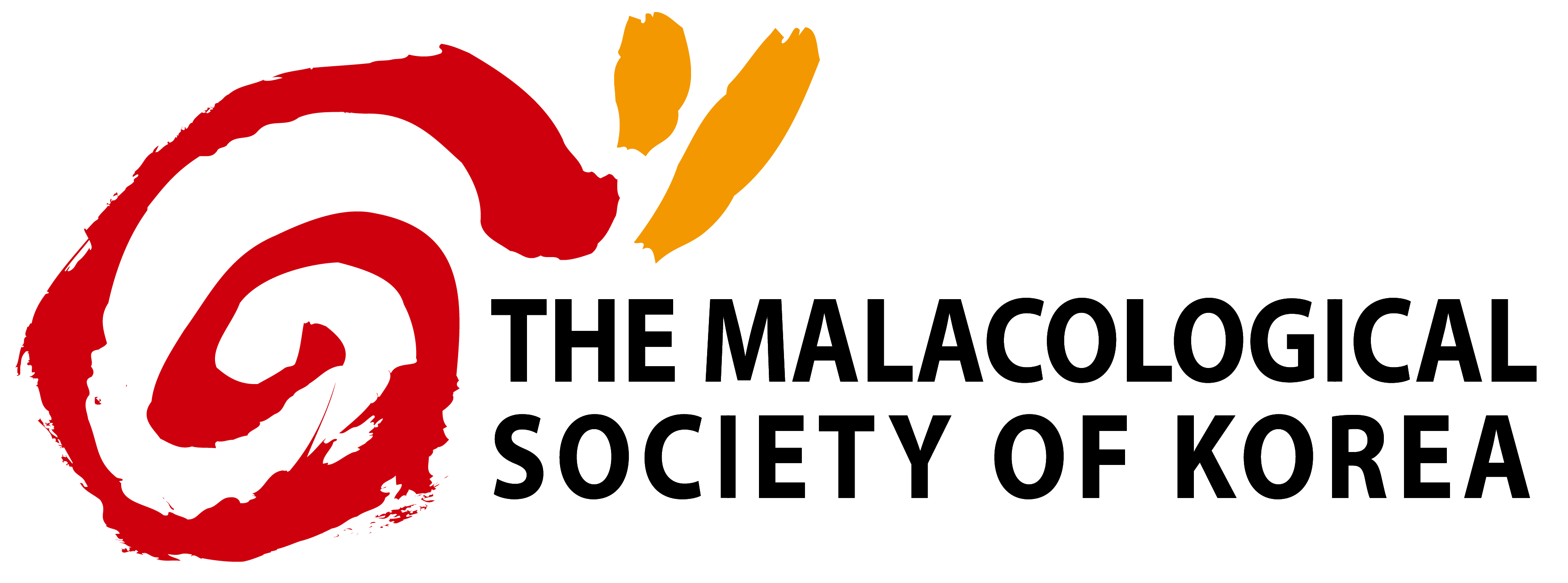open access
메뉴
open access
메뉴 ISSN : 1225-3480
ISSN : 1225-3480
굴의 육중량 변화는 수온과 chlorophyll에 의해 지배되지만, chlorophyll 양이 일정량 이상이 되면 이러한 경향은 다소 감소하였다. 수온에 따른 굴의 성장은 수온 하강 초기에는 강한 역상관 관계를 나타내었지만, 적정 수온이하로 하강하게 되면 상관관계가 다소 낮아졌다. 각 수하시기에 따른 육중량 성장식을 6월은 3차 방정식의 성장곡선이 나타났고, 7, 8월에 수하한 경우 지수형 곡선을 나타내었다. 그러나 9-11월의 경우 정량적인 성장을 하는 일차방정식의 성장패턴을 나타내었다. 성장 방정식으로부터 각 수하시기에 따라 목표중량 5 g까지 성장하는데 소요되는 기간을 계산하면 9월이 123일로 가장 성장이 빨랐고, 8월이 220일로 가장 오랜 기간이 소요되었다. 굴 종패의 수하적기는 수온상승기 말기부터 수온하강기 초기인 8월말부터 9월 중순 사이가 적당한 시기로 추정되고, 상품크기 5 g까지 성장하는데 평균 4-5개월이 소요되며, 이 시기는 12-1월경에 해당한다.
From September 1994 to April 1996, we observed the suspending time dependant meat increase (dry weight) for oysters at Pukman Bay in Korea. The oysters which suspended in September increased to 5 g in meat weight (dry weight) by January. Ones in June increased rapidly but lessened during summer and this stagnation of meat increase extended to autumn. It took long time to compensate for the loss of meat weight owing to spawning. Oysters suspended in July or August showed low growth or stagnation due to the high water temperature and spawning activities after suspending. However, meat weight showed sudden increasement after December and achieved 5 g at the late farm period. The meat increase of oysters suspended in October or November was very slow during entire growing period. Most of them did not achieved 5 g during farm period. The negative correlation was observed between meat growth and water temperature in September. Also, there was a high correlation between meat growth and chlorophyll-a. It was believed that deficiency of food organisms in the water column lead slow growth in terms of meat growth, particularly right after transplanting seed oysters to the farm. Our study suggests that proper time for transplanting oysters is between August and mid-September. However, the data indicate that good growth of oysters is depending upon amount of food available in the water column.
